Shampoo is a daily necessity for many people. There are numerous shampoo formulations that vary greatly, and the key ingredients play a significant role in determining how well the shampoo performs.
A properly formulated shampoo can Cleanse the hair and scalp thoroughly without removing essential oils.Leave hair soft, manageable, and healthy-looking, also takes care of specific hair issues like dryness, dandruff, or oiliness. Avoid irritation by being gentle on the scalp.
Key ingredients in shampoo formulation
A surfactant is the main component of most shampoos. Surfactants are molecules with both hydrophilic (loving water) and hydrophobic (hating water) ends. This allows them to trap dirt and oil on the hair and scalp, which they can then easily rinse away with water.
Common ingredients in shampoo formulations include:
Surfactants: Surfactants are the molecules which by their presence do not allow oil and water seperation. These surfactants can help to boost lather, thicken the shampoo, and reduce irritation.
Conditioners: Agents like cationic polymers, silicones, and humectants e.g., glycerin, panthenol acts as conditioners. These ingredients target the hair surface, but don’t penetrate deeply. Conditioners can help to soften, smooth, and detangle the hair.
Humectants: Humectants Such as glycerin.sorbitol, propylene glycol attract and retain moisture, which can help to hydrate the hair and scalp. They do not allow shampoo to dry.
Thickeners: Thickeners are added to increase the viscosity of the product and give shampoo its desired consistency to prevent it from running off the hair. The addition of an electrolyte, normally sodium chloride helps to achieve desired viscosity in transparent shampoos. Hydrocolloids such as polyvinyl alcohol and methyl cellulose can also achieve increase in product consistency without affecting appearance.
Preservatives: If proper preservative is not added in shampoo formulation then shampoo’s effectiveness would deteriorate, making it less pleasant and effective to use. Preservatives help to prevent the growth of bacteria, yeasts and mold in the shampoo.Parabens,Phenoxyethanol,Imidazolidinyl urea are common shampoo preservatives.
Other Additives: such as Pearlising agents, solubilizers, perfumes, colorants, etc are added for their specific property.
It is critical to consider hair type before formulating. Use moisturising and gentle shampoo ingredients to prepare for dry hair. Choose ingredients that are clarifying and help to control oil production if you want to use them on oily hair.
You should also think about any specific hair problems. For instance, dandruff and hair loss.
Surfactants
Surfactants are molecular compounds with both hydrophilic (loving water) and hydrophobic (hating water) ends. This enables them to function as cleansing agents, trapping dirt and oil on the hair and scalp and then easily rinsing away with water.
Surfactants are the most important ingredient in shampoo, and they are responsible for the cleansing ability of the shampoo. They work by lowering water’s surface tension, making it easier for water to mix with dirt and oil. This improves the shampoo’s ability to remove dirt and oil.
Surfactants, in addition to cleansing, contribute to the lathering and thickening properties of shampoo. Lather aids in the even distribution of shampoo throughout the hair and scalp.
Surfactants come in a variety of forms, and the type of surfactant used in a shampoo is determined by the desired properties of the shampoo. Shampoos for oily hair, for example, should contain harsher surfactants that are more effective at removing oil. Shampoos for dry hair should use gentler surfactants that will not strip the hair of its natural oils.
Some common surfactants used in shampoos include:
- Sodium lauryl sulfate (SLS)
- Sodium laureth sulfate or Sodium lauryl ether sulphate (SLES)
- Ammonium lauryl sulfate (ALS)
- Ammonium laureth sulfate (ALES)
- Sodium cocoyl isethionate
- Sodium lauroyl sarcosinate
The most common surfactants used in shampoos are SLS and SLES, but they can be harsh on the scalp and hair. ALS and ALES are related to SLS and SLES, but they are milder. Even milder surfactants, such as sodium cocoyl isethionate and sodium lauroyl sarcosinate, are frequently used in shampoos for sensitive scalps and dry hair.
It’s also worth noting that some surfactants can irritate the eyes and skin. If you experience any irritation after using a shampoo, make sure to thoroughly rinse your eyes and skin with water.
Benefits and drawbacks of different surfactant types
| Surfactants | Benefits | Drawbacks |
| Sodium lauryl sulphate (SLS) | Powerful cleanser that can remove even the most stubborn dirt and oil from the hair and scalp. It is also relatively cheap | SLS can be irritating to the scalp and hair, especially if used frequently. It can cause allergic reactions, dryness, and even breakage. |
| Sodium lauryl ether sulfate (SLES) | SLES is a milder surfactant than SLS, but it is still very effective at cleansing the hair and scalp. | SLES can slightly be drying |
| Ammonium lauryl sulfate (ALS) | It is milder and can be used in shampoos for oily hair and sensitive scalps. | incompatible with some perfumes. |
| Sodium cocoyl isethionate | mild surfactant that is often used in shampoos for dry hair and sensitive scalps. | Expensive than other surfactants. |
| Sodium lauroyl sarcosinate | mild surfactant that is often used in shampoos for dry hair and sensitive scalps. | Expensive than other surfactants |
It is also important to note that some shampoos can be prepared by using combinations of different surfactant types. This can help to create a shampoo that is both effective at cleansing and gentle on the scalp.
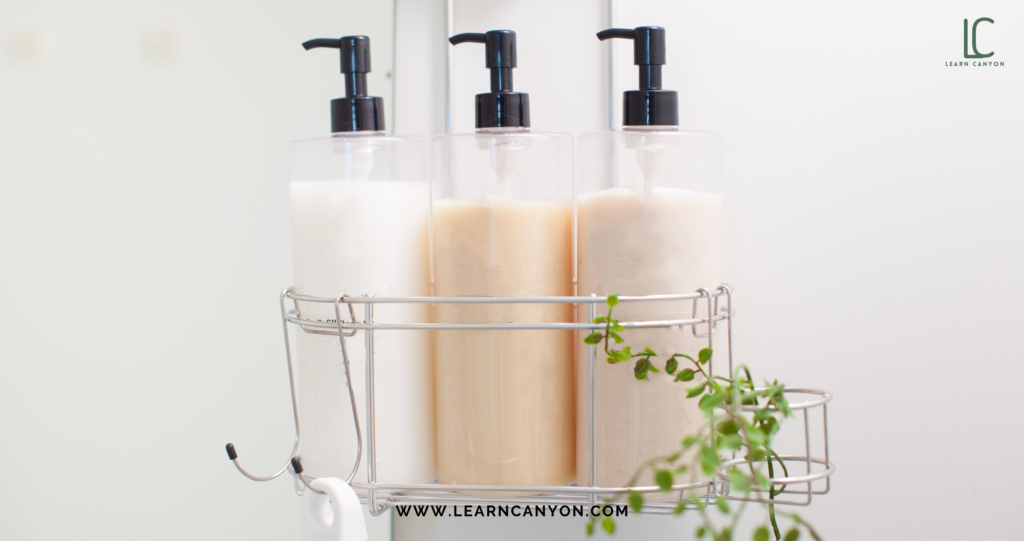
How surfactants impact hair and scalp health
Surfactants can impact hair and scalp health in a number of ways. Here is a brief overview:
Cleansing- Surfactants work by lowering the surface tension of water, which makes it easier for water to mix with dirt and oil. This allows the shampoo to remove dirt and oil from the hair and scalp more effectively.
Stripping- Some surfactants can be harsh on the hair and scalp, especially if used frequently. They can strip the hair of its natural oils, which can lead to dryness, frizz, and breakage. They can also irritate the scalp and cause dandruff.
Conditioning- Some surfactants have conditioning properties as well. These surfactants can aid in the smoothing of the hair shaft, the reduction of frizz, and the improvement of manageability.
Scalp health- Healthy hair requires a healthy scalp. Surfactants have a variety of effects on scalp health. Some surfactants, for example, can irritate the scalp and cause dandruff. Other surfactants can help to soothe and reduce inflammation in the scalp.
- Choose a surfactant that is mild in action, such as sodium cocoyl isethionate or sodium lauroyl sarcosinate.
- Avoid surfactants that are harsh, such as sodium lauryl sulfate or ammonium lauryl sulfate..
Conditioning Agents
Conditioning agents are ingredients added to shampoo to help improve the condition of the hair. There are many different types of conditioning agents, and the type of conditioning agent used in a shampoo will depend on the shampoo’s desired properties. For example, shampoos for dry hair should contain conditioning agents that are more moisturizing. Shampoos for oily hair should contain conditioning agents that are lighter and less likely to weigh down the hair.
Benefits of adding conditioning agents in shampoos
- Improved manageability: Conditioning agents can help to make the hair more manageable, making it easier to comb and style.
- Reduced frizz: Conditioning agents can help to reduce frizz and static electricity, making the hair look smoother and more polished.
- Increased shine: Conditioning agents can help to add shine to the hair, making it look healthier and more vibrant.
- Reduced breakage: Conditioning agents can help to strengthen the hair shaft and reduce breakage.
- Protection: Conditioning agents can help to protect the hair from environmental damage, such as heat and UV rays.
Examples of commonly used conditioning agents in shampoo formulation
The examples of commonly used conditioning agents in shampoo formulations:
- Quats: Quats are cationic surfactants, which means that they have a positive charge. This positive charge allows them to bind to the negatively charged hair shaft. Quats can help to improve the manageability and softness of the hair.
- Cetrimonium chloride
- Guar hydroxy propyl tri ammonium chloride
- Stearyl konium chloride
- Behentrimonium methosulfate
- Cetearyl alcohol
- Silicones: Silicones are water-insoluble polymers that can coat the hair shaft. Silicones can help to reduce frizz, add shine, and protect the hair from environmental damage. (Is Silicone Bad for Hair?)
- Dimethicone
- Dimethicone copolyol
- Amodimethicone
- Cyclomethicone
- Trimethylsilylamodimethicone
- Natural oils: Natural oils, can help to moisturize and nourish the hair. They can also help to reduce frizz and improve manageability.
- Argan oil
- Coconut oil
- Jojoba oil
- Olive oil
- Shea butter
- Castor oil
These conditioning agents can be used in combination to create shampoos that are tailored to different hair types and needs. For example, a shampoo for dry hair may contain a combination of moisturizing natural oils and quats to improve manageability and softness. A shampoo for oily hair may contain a combination of lighter silicones and quats to reduce frizz and add shine without weighing down the hair.
It is important to note that some conditioning agents can have a negative impact on the hair if they are not used correctly. For example, silicones can build up on the hair over time, making it look dull and lifeless.
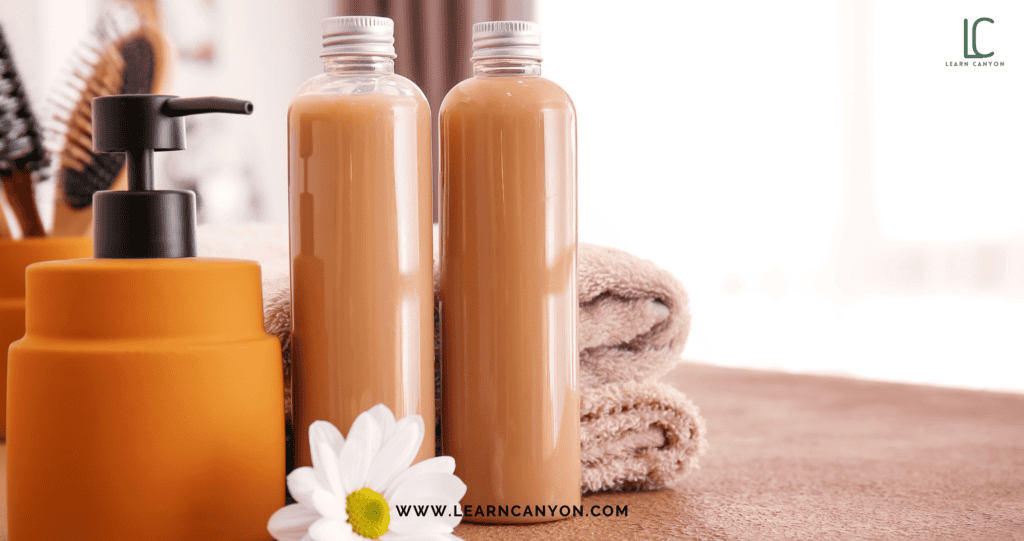
Benefits and drawbacks of different conditioning agent types used in shampoo
| Conditioning agent | Benefits | Drawbacks |
| Quats | Quats can help to improve the manageability and softness of the hair. They can also help to reduce frizz and add shine. | They may irritate the scalp and cause dandruff |
| Silicones | Silicones can help to reduce frizz, add shine, and protect the hair from environmental damage. They can also help to make the hair more manageable and easier to style. | Silicones can build up on the hair over time, making it look dull and lifeless. |
| Natural oils | Natural oils, such as argan oil, coconut oil, and jojoba oil, can help moisturize and nourish the hair. They can also help to reduce frizz and improve manageability. | They make the hair look greasy. |
How conditioning agents impact hair and scalp health
Conditioning agents can have a positive impact on hair and scalp health in a number of ways.
- Hydration: Conditioning agents can help to hydrate the hair and scalp, which can help to reduce dryness, frizz, and breakage.
- Protection: Conditioning agents can help to protect the hair from environmental damage, such as heat, UV rays, and chlorine.
- Manageability: Conditioning agents can help to make the hair more manageable and easier to style.
- Shine: Conditioning agents can help to add shine to the hair, making it look healthier and more vibrant.
- Scalp health: Conditioning agents can help to soothe the scalp and reduce inflammation. This can be especially beneficial for people with scalp conditions such as dandruff or psoriasis.
Preservatives
Preservatives are substances added to shampoo to prevent the growth of microorganisms such as bacteria, yeast, and mold. They are essential for maintaining the quality and safety of shampoo, and for ensuring that it remains effective for its intended purpose.
Preservatives work by killing or inhibiting the growth of microorganisms. This can be done through a variety of mechanisms, such as disrupting the cell membrane, interfering with cellular metabolism, or creating a hostile environment for microorganisms to grow.
There are many different types of preservatives used in shampoo, and the type of preservative used will depend on the specific formulation of the shampoo. Preservatives are typically added to shampoo in minimal amounts, but they are effective at preventing the growth of microorganisms. Without preservatives, shampoo would quickly spoil and become unsafe to use. Preservatives help to protect shampoo from contamination, which can affect its performance. Preservatives can extend the shelf life of shampoo. This can save consumers money and reduce waste.
Potential drawbacks of using shampoo with preservatives
There are some potential drawbacks to using shampoo with preservatives, including:
- Some preservatives can be irritating to the skin and scalp. This is especially a concern for people with sensitive skin.
- Some preservatives have been linked to health concerns, such as cancer and reproductive toxicity. However, more research is needed to confirm these concerns.
If preparing for sensitive skin, you should choose a shampoo with milder preservatives. If you are concerned about the health risks associated with some preservatives, you should prepare a shampoo that is self-preserving.
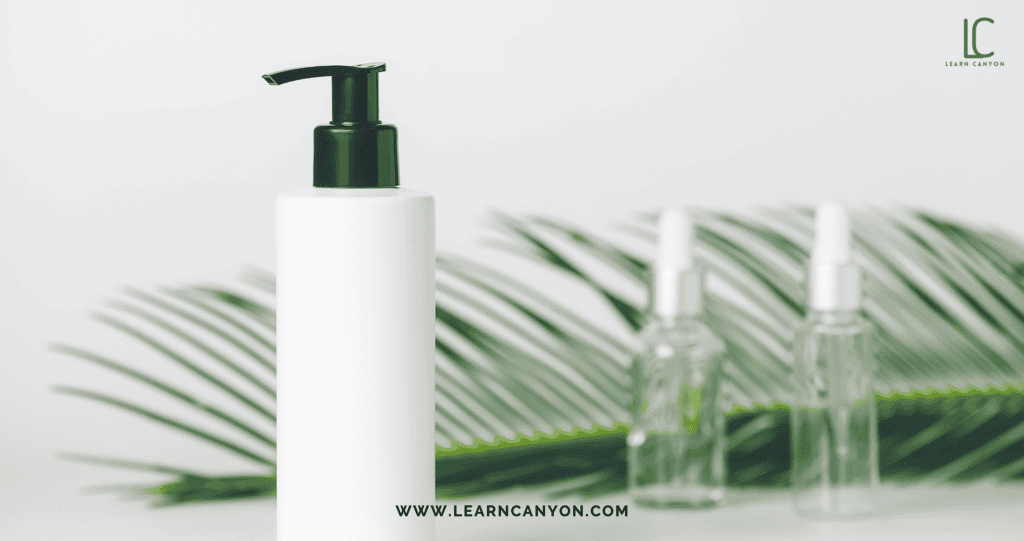
Examples of commonly used preservatives in shampoo formulation
- Parabens: Parabens are a group of synthetic preservatives that are very effective at preventing the growth of bacteria and mold. They are also relatively inexpensive to produce, which makes them a common ingredient in many shampoos. However, parabens have been linked to some health concerns, such as cancer and reproductive toxicity.
- Phenoxyethanol: Phenoxyethanol is a synthetic preservative that is effective against a wide range of microorganisms. It is also less likely to irritate the skin than other preservatives, such as parabens. However, phenoxyethanol can be irritating to the eyes.
- Benzoic acid: Benzoic acid is a natural preservative that is found in some fruits and vegetables. It is effective against bacteria and yeasts, but it is less effective against mold. Benzoic acid is often used in combination with other preservatives to enhance its effectiveness.
- Sorbic acid: Sorbic acid is another natural preservative that is found in some fruits and vegetables. It is effective against bacteria and yeasts, but it is less effective against mold. Sorbic acid is often used in combination with other preservatives to enhance its effectiveness.
In addition to these synthetic and natural preservatives, there are also a number of botanical extracts that can be used as preservatives in shampoo. Some common botanical extracts with preservative properties include:
- Tea tree oil
- Grapefruit seed oil
- Rosemary Extract
- Witch hazel extract
- Aloe vera extract
- Neem oil or extract
Botanical extracts are less effective than synthetic preservatives in general, but they are less likely to irritate the skin or scalp. As a result, they are a good choice for people who have sensitive skin or scalp conditions.
Different preservative types used in shampoo have different benefits and drawbacks
| Preservative | Benefits | Drawbacks |
| Parabens | very effective at preventing the growth of bacteria mold and fungus. | may cause harmful side effects |
| Formalin and Formaldehyde-releasing compounds | very effective at preventing the growth of a wide range of microorganisms. | known carcinogen |
| Phenoxyethanol | effective against a wide range of microorganisms. It is also less likely to irritate the skin than other preservatives, such as parabens. | can be irritating to the eyes. |
| Benzoic acid | is a natural preservative that is found in some fruits and vegetables. It is effective against bacteria and yeasts. | is less effective against mold |
| Sorbic acid | is another natural preservative that is found in some fruits and vegetables. It is effective against bacteria and yeasts. | is less effective against mold. |
| Botanical extracts | are generally less effective than synthetic preservatives, but they are also less likely to irritate the skin and scalp. | may not be as effective as other preservatives |
Preservatives can impact hair and scalp health in a number of ways, both positive and negative.
On the positive side, preservatives are essential for preventing the growth of microorganisms such as bacteria, yeast, and mold in shampoo. Without preservatives, shampoo would quickly spoil and become unsafe to use. Preservatives also help to protect shampoo from contamination, which can affect its performance.
However, some preservatives can also have negative effects on hair and scalp health. For example, some preservatives can irritate the skin and scalp. This is especially a concern for people with sensitive skin. Other preservatives have been linked to health concerns such as cancer and reproductive toxicity.
The impact of preservatives on hair and scalp health will vary depending on the type and amount of preservative used in the shampoo, as well as the individual’s sensitivity to preservatives.
Fragrances and Additives
Fragrances are substances that are added to shampoo to give it a pleasant scent. They can be derived from natural sources, such as essential oils, or from synthetic sources. Fragrances include Fresh-natural citrus notes with light floral, woody, or leafy elements that are frequently used to mask the unpleasant smell of other ingredients in shampoo, such as surfactants and preservatives.
Examples of commonly used fragrances and additives in shampoo formulation
- Pleasant scent: Fragrances can make shampoo more pleasant to use.
- Improved performance: Additives can improve the performance of shampoo by making it easier to apply, thicker, or more shiny.
- Some additives can provide additional benefits for the hair, such as hydration, protection, or shine.
- Pearlising agents: Pearlising agents give shampoo a pearly appearance. However, some pearlising agents can also irritate the scalp.
- Colorants: Colorants are used to give shampoo a desired color. However, some colorants can also stain the hair and scalp.
Drawbacks of using shampoo with fragrances and additives
There are also some potential drawbacks to using shampoo with fragrances and additives,
- Allergic reactions: Some people may be allergic to fragrances or additives in shampoo. This can cause a variety of symptoms, such as itching, redness, and inflammation of the scalp.
- Irritation: Fragrances and additives can irritate the scalp, especially in people with sensitive skin.
- Build-up: Some additives, such as silicones, can build up on the hair over time, making it look dull and lifeless.
Fragrances and additives can impact hair and scalp health in a number of ways, both positive and negative.
| Positive impacts of Fragrances and additives can impact hair and scalp health | Negative impacts of Fragrances and additives can impact hair and scalp health |
| Fragrances can make shampoo more pleasant to use. | Fragrances and additives can cause scalp irritation, especially in people with sensitive skin. |
| Thickening agents can give shampoo a thicker consistency and make it easier to apply, and can also give the hair more volume. | Some thickening agents can cause the hair to look flat and weighed down. |
| Pearlising agents can give shampoo a pearly appearance. | Some pearlising agents can cause scalp irritation. |
| Colorants can be used to give shampoo a desired color, which can be aesthetically pleasing. | Some hair and scalp colourants can stain. |
The effect of fragrances and additives on hair and scalp health will vary depending on the type and amount of fragrance or additive used in the shampoo, as well as the individual’s sensitivity to fragrances and additives
Summary
The following ingredients are essential for effective shampoo formulations:
Surfactants: The primary cleansing agents in shampoo are surfactants. They work by dissolving oil and dirt on the hair and scalp, allowing it to be easily rinsed away. Shampoo commonly contains sodium lauryl sulphate (SLS), sodium laureth sulphate (SLES), and cocamidopropyl betaine.
Conditioning agents aid in softening, hydrating, and protecting the hair. They can also help to reduce frizz and make hair easier to manage. Quats, silicones, and natural oils are examples of common conditioning agents found in shampoo.
Thickeners: Thickeners add thickness to shampoo and make it easier to apply. They can also aid in increasing the foaminess of shampoo. Guar gum and xanthan gum are two common thickeners used in shampoo.
Pearlising agents are substances that give shampoo a pearly appearance. They are frequently combined with thickeners to produce a more luxurious shampoo experience. Titanium dioxide and mica are two common pearlising agents found in shampoo.
Colourants: Colourants are added to shampoo to make it a specific colour. They are frequently combined with other ingredients to produce a more visually appealing shampoo. FD&C dyes and natural pigments are two common colorants found in shampoo.
Preservatives: Preservatives are added to shampoo to prevent bacteria and other microorganisms from growing. This helps to extend the shelf life of shampoo while also ensuring its safety. Parabens, formaldehyde-releasing preservatives, and phenoxyethanol are all common preservatives used in shampoo.
Fragrances: Fragrances are used to make shampoo more pleasant to use. Essential oils and synthetic fragrances are two common fragrances found in shampoo.
Shampoo may contain additives that improve its performance or provide additional benefits, such as reducing dandruff, promoting hair growth, or protecting the hair from environmental damage. Salicylic acid, ketoconazole, and biotin are examples of common shampoo additives.
The specific ingredients and their relative concentrations in a shampoo formulation will be determined by the desired shampoo properties. A shampoo for dry hair, for example, may contain more conditioning agents than a shampoo for oily hair. Salicylic acid, ketoconazole, and biotin are examples of common shampoo additives.
The specific ingredients and their relative concentrations in a shampoo formulation will be determined by the desired shampoo properties. To help remove flakes and reduce inflammation, dandruff shampoo may contain salicylic acid or ketoconazole.
It’s critical to understand that not all shampoo ingredients are created equal. Certain ingredients, such as SLS and parabens, can be irritating to the skin and scalp. Other ingredients, such as silicones, can accumulate on the hair over time, leaving it dull and lifeless.


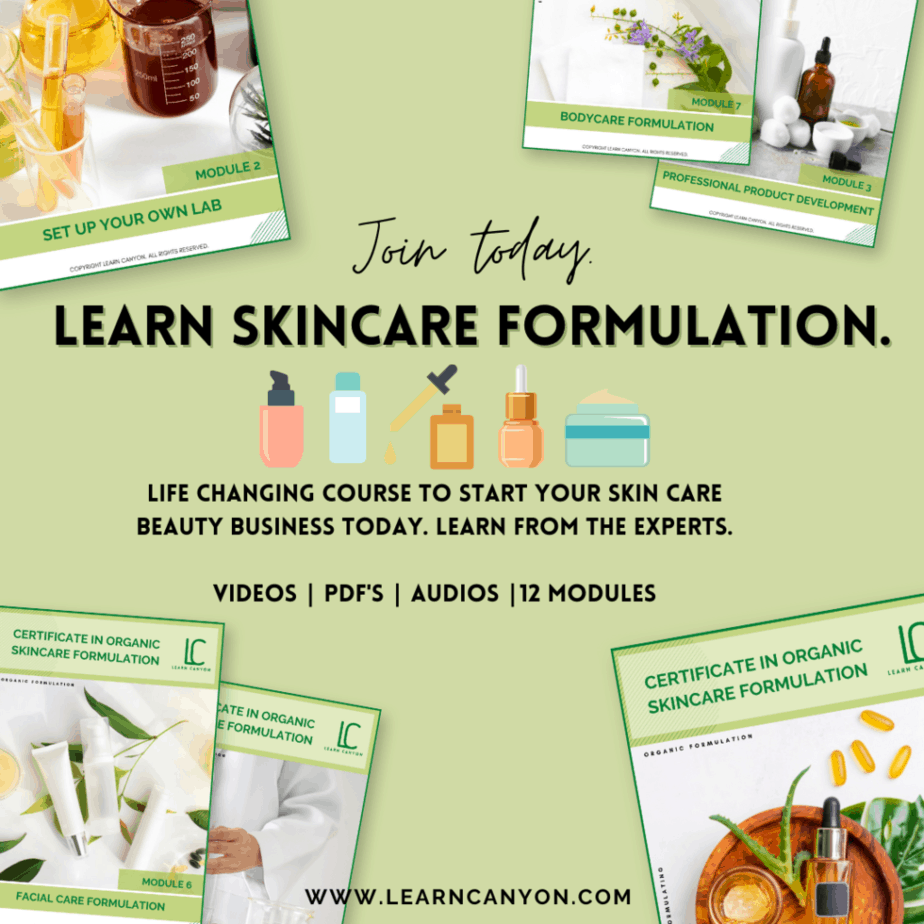

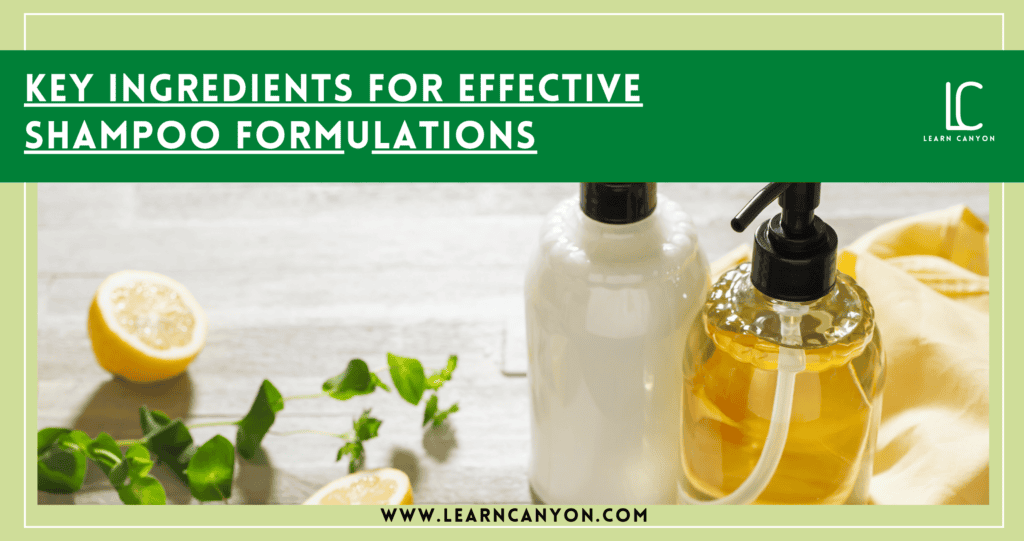

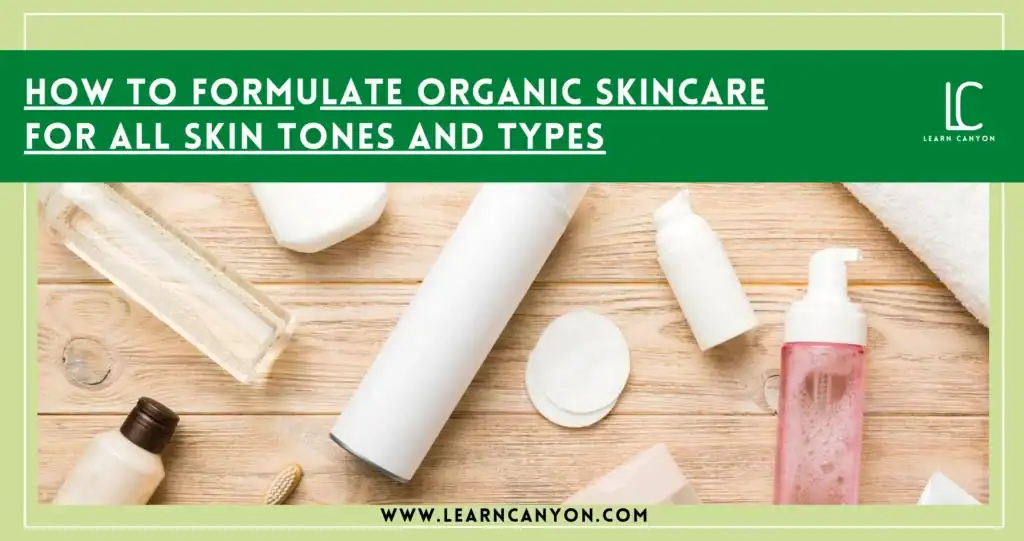
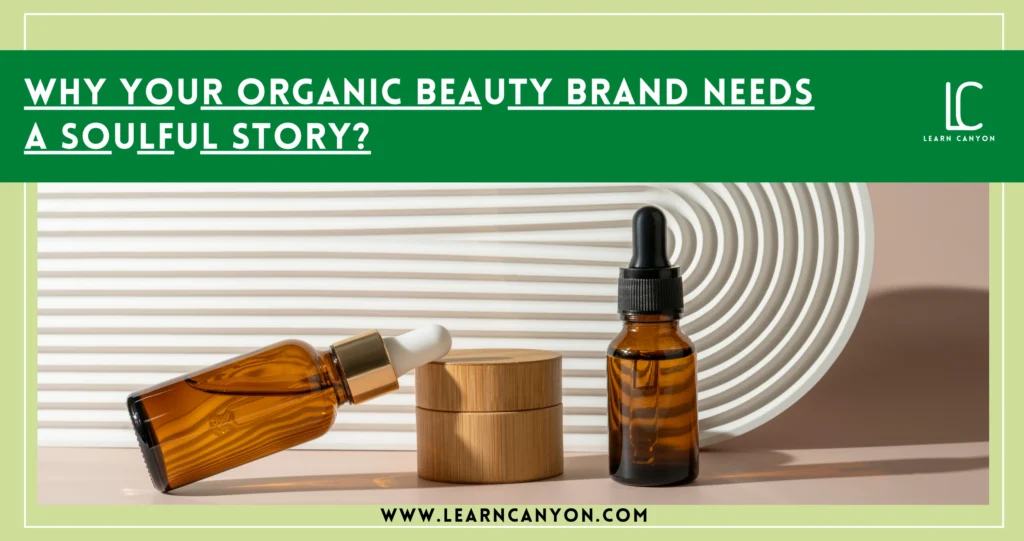





1 thought on “Key Ingredients for Effective Shampoo Formulation”
That was so wee explained and satisfying information…. thanks